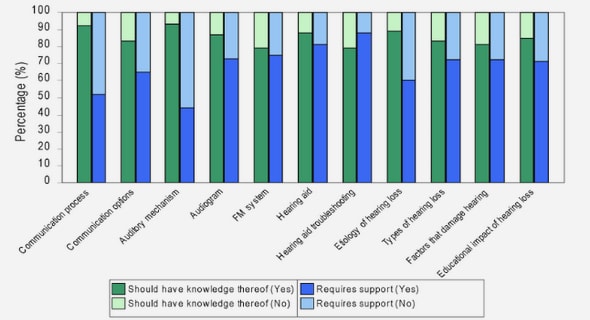(Downloads - 0)
For more info about our services contact : help@bestpfe.com
Table of contents
1. GENERAL INTRODUCTION
1.1 Interactions and Evolutionary Processes, the Holobiont Theory
1.2 Microbes, the New Players in the Plant-Insect Interactions
1.3 Plant Symbiosis
1.3.1 Plant Bacteria Symbiosis: The Leguminous Plants
1.3.2 The Nitrogen Fixing Symbiosis
1.3.3 The Nodules Structure
1.3.4 Nodule Nitrogen Fixation Process
1.3.5 Nodule Growth and Activity are Regulated by A Feedback Mechanism
1.3.6 Nodule Senescence
1.4 Plant Disease and Immune Response
1.5 Plants Defence Responses
1.5.1 Molecular Mechanisms in Plant Pathogen Interactions
1.5.2 Systemic Acquired Resistance and Induced Systemic Resistance
1.5.3 Hormones Involved in Plant Defence
1.6 Insects Symbiosis
1.6.1 The Aphids
1.6.2 Pea Aphid Model, Acyrthosiphon pisum
1.6.3 Primary or Obligatory Symbiont Buchnera aphidicola
1.6.4 Facultative Symbionts
1.6.5 Pea Aphid: Host Plant Specialization
1.6.6 Specific Plant Defence Reaction Against Aphids
2. OBJECTIVES
3. CHAPTER
Preliminary Experiments
Set up of the experiences with Medicago
Introduction of the 1st publication
Publication 1: Nitrogen-fixation symbiosis affects legume-aphid interactions and plant defence.
4. CHAPTER 2
Introduction for 2nd Publication
Publication 2: Plant-aphid genotypic diversity and rhizobacteria community influence each other in three-way interactions
5. GENERAL DISCUSSION AND CONCLUSION
6.1 Effect of Plant on Aphid’s fitness
6.2 Effect of Aphid on Plant
6.3 How to explain this aphid effect?
6. PERSPECTIVES
7. GENERAL REFERENCES



